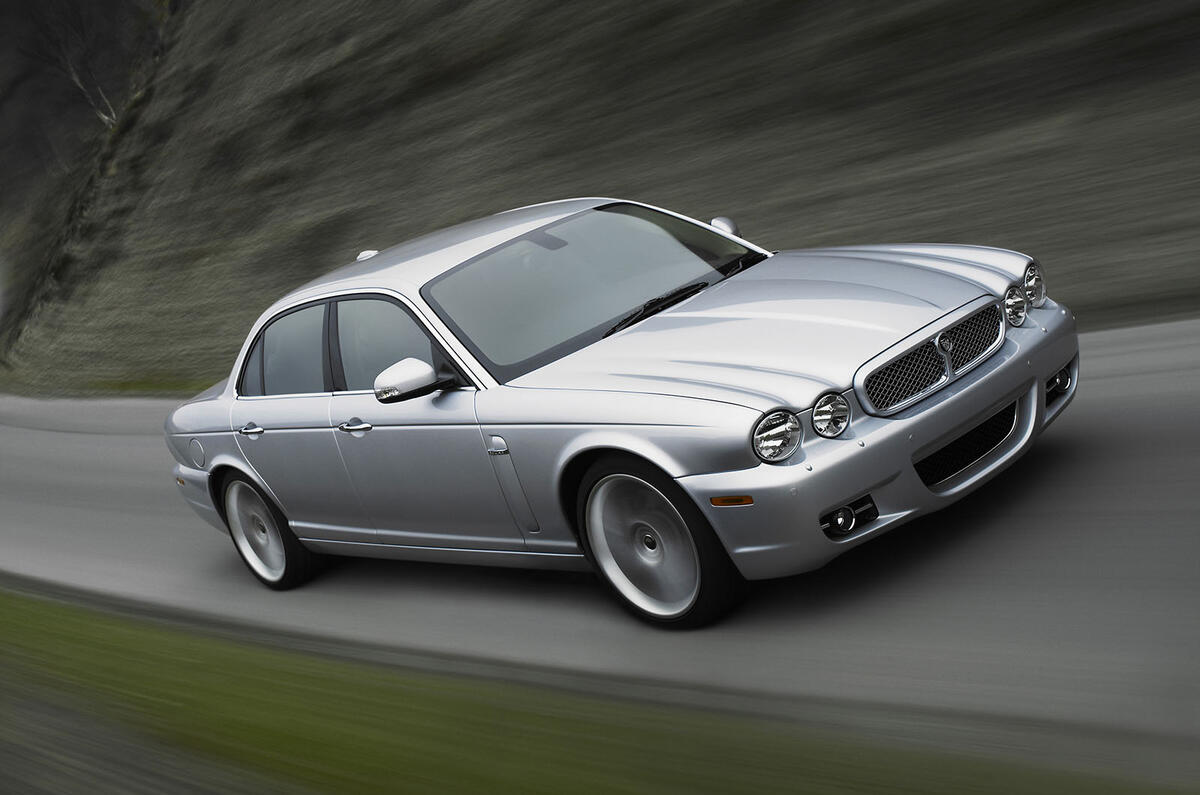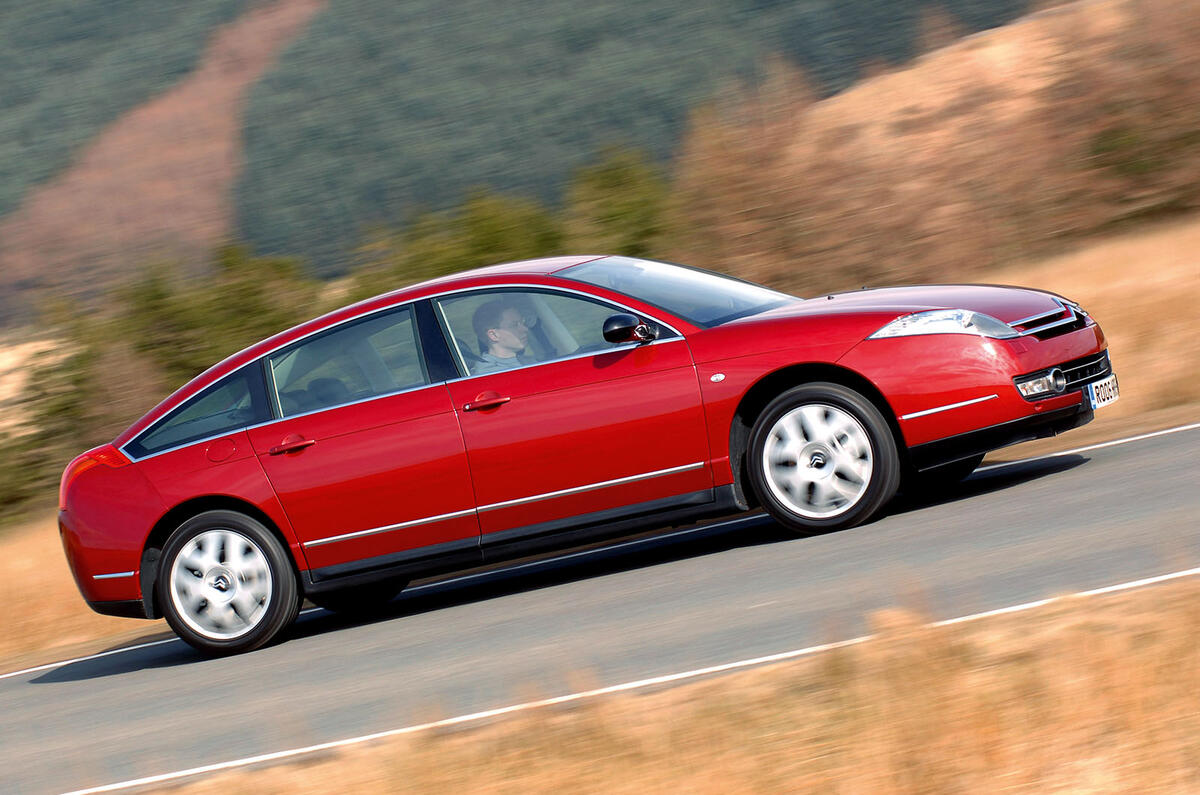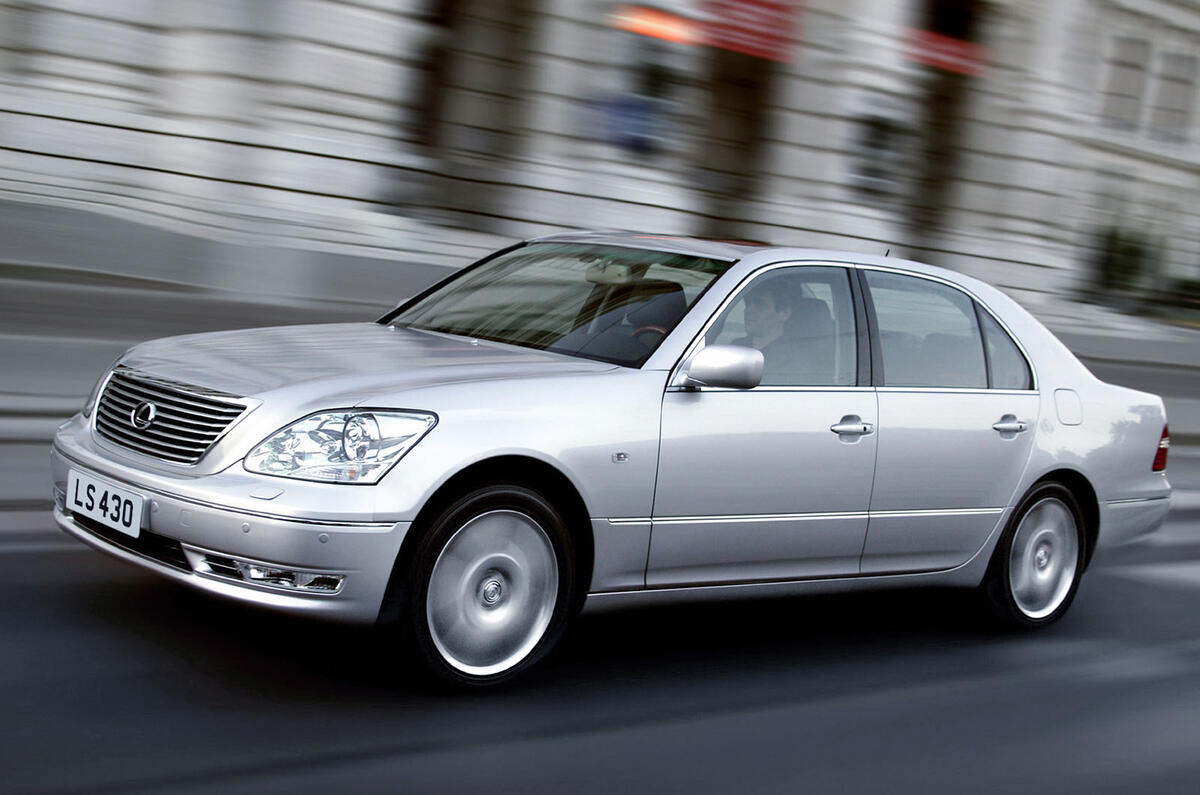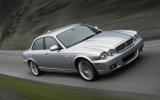Potholes and untreated surfaces are the bane of Britain's roads, but these cars will let you glide over any surface with ease.
1 - Jaguar XJ (2003-2009)
Jaguar XJs have been around since 1968, but here we’re discussing the models codenamed X350 and X358, Jaguar’s first all-aluminium cars.
The X350 looks a lot like XJs of yore, mainly because unhelpful quizzing of US buyers encouraged the company not to change anything, with the result that despite the fact that it was yards better than any predecessor, the market was disappointed that it looked the same and failed to buy it in the predicted droves.
The short-lived X358 was an attempt to spruce the X350 up. Pick of the engines are the 2.7-litre V6 diesel (loads about for £5000) or the supercharged 4.2-litre V8, for which you’ll pay £1000-£1500 more.
2 - Citroën C6 (2005-2012)
The C6 is Citroën’s most recent attempt at a big, luxurious saloon, and although it’s more durable and better built than predecessors such as the XM and CX, its prices have sunk almost as quickly.
You can buy a healthy low-miler for £6000, yet it’s a beautiful-looking car that comes with Citroën’s unique gas-over-oil Hydractive self-levelling suspension system as standard.
You’ll find the car rides so flat that you’d swear the wheelbase was twice as long as it is. Buy a top-spec Exclusive with the 201bhp 2.7-litre diesel V6 (by far the most common engine) or, if you can find one, the later and more powerful 237bhp 3.0-litre V6. Avoid low-spec models, which will be hard to sell on.
3 - Rolls-Royce Silver Seraph (1980-1999)
You can buy The Best Car In The World for £12,000, provided you’re happy with a Seraph. It’s an improved version of the Silver Shadow, Rolls’s first model with an all-independent monocoque body.
It comes from an era when Rolls was strangled for investment, so it’s best to go for the latest car you can afford - certainly from 1989 or later, when the car was given automatic ride control, or ideally post-1991, when a four-speed auto superseded the ancient GM three-speeder.
If you can run to £20k, the post-1993 light-pressure turbo job will be more frugal (16mpg versus 14mpg). Buy carefully; there are Rolls-trained specialists around the country who can both assess a car and keep it running.




















Join the debate
Add your comment
Feeling lucky punk?
Rolls Royce ...
Future classics?